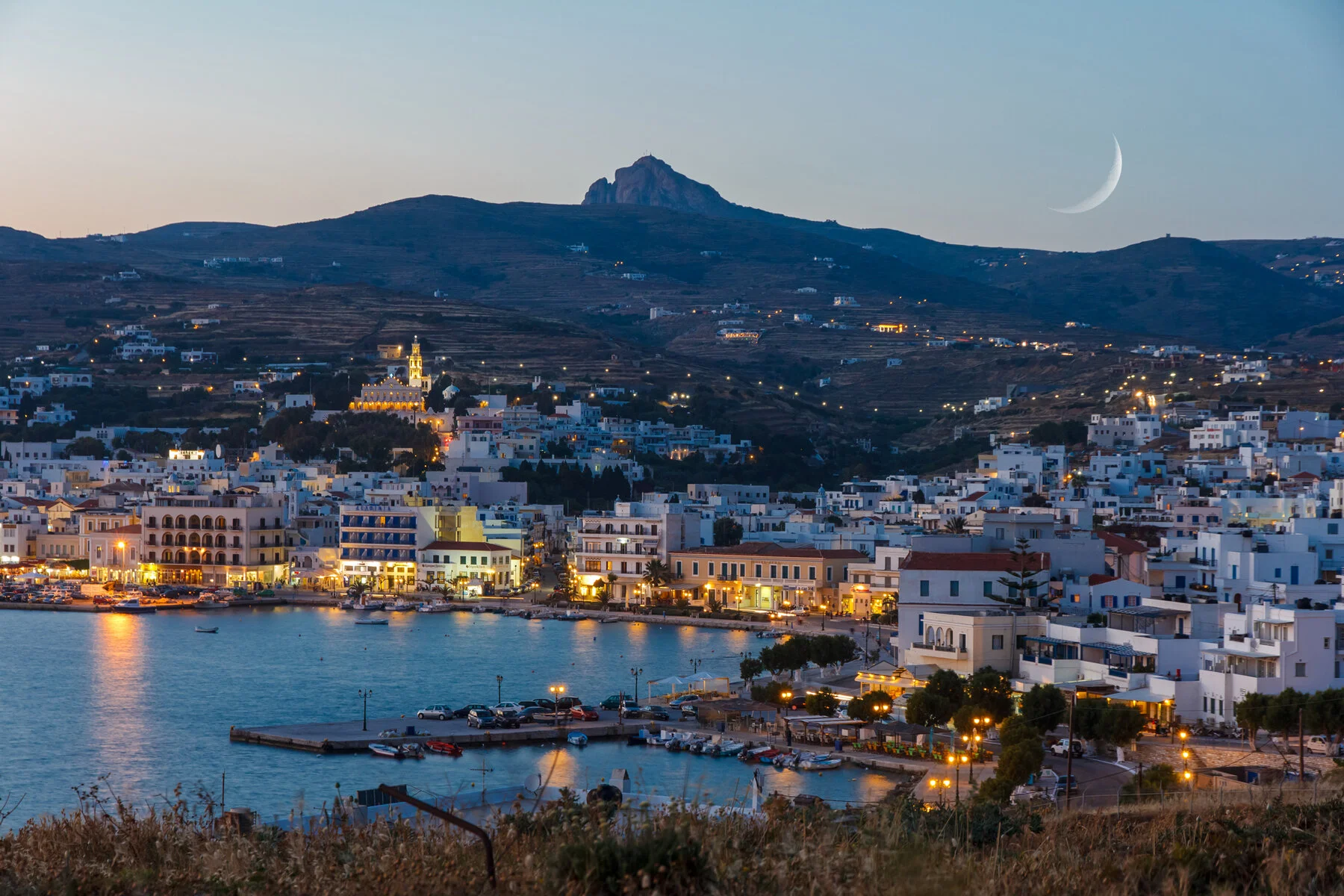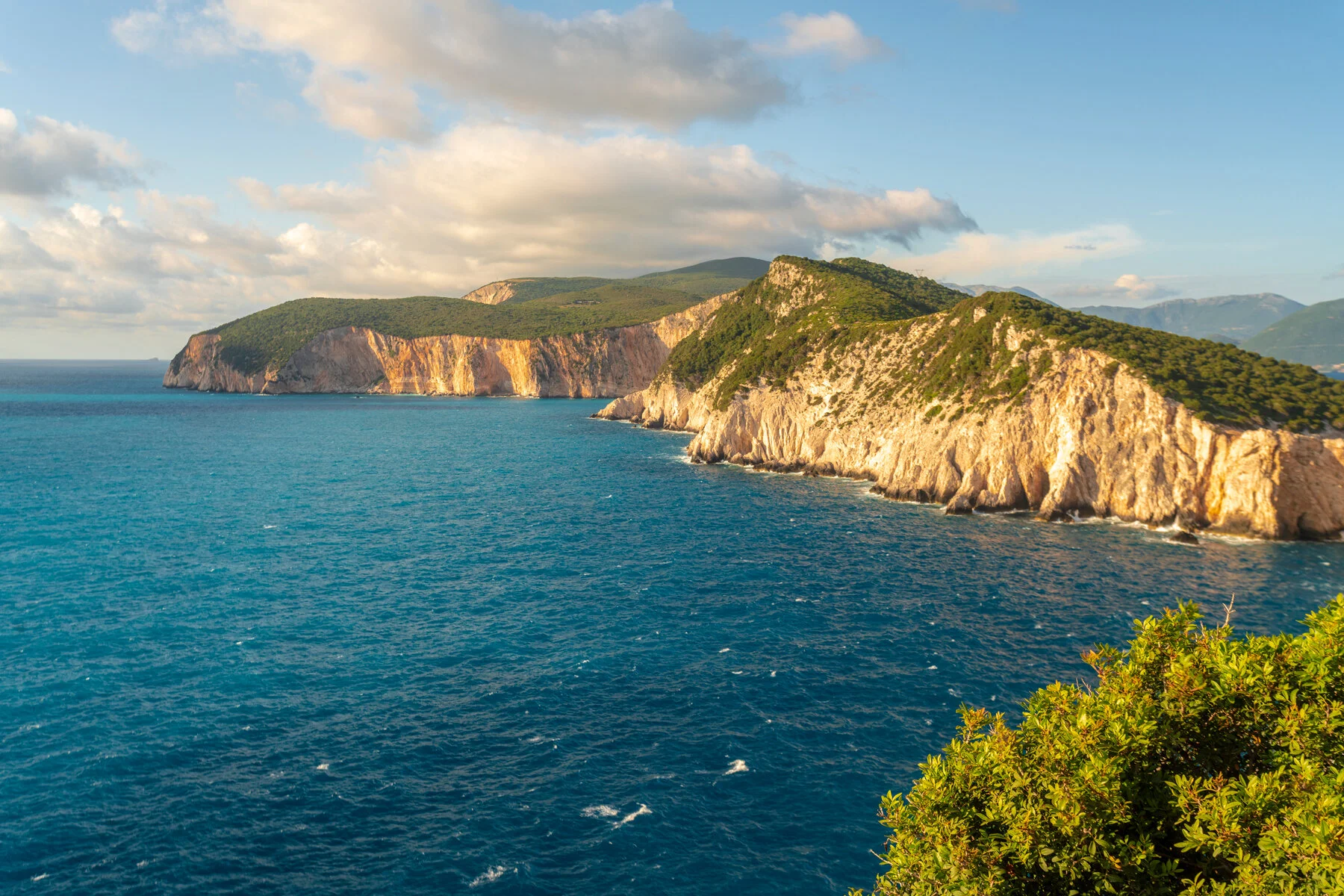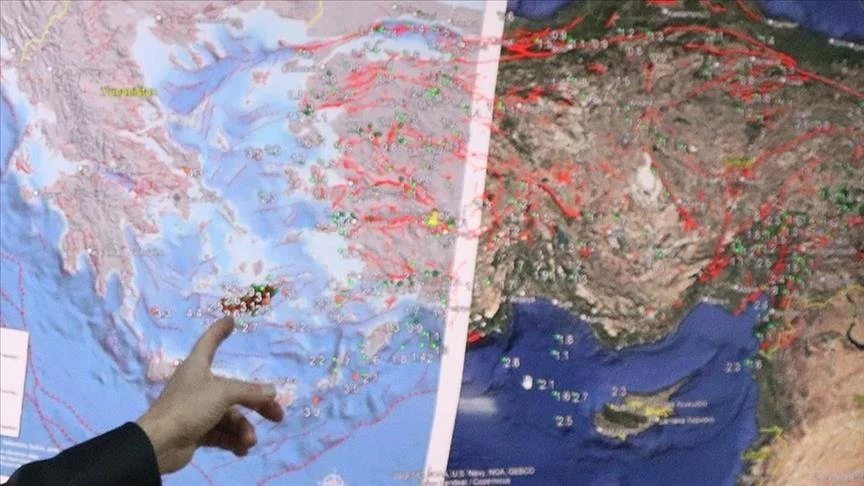The Greeks know how to do many things well, but after living here for three years, I’m convinced that they are actually the world’s best vacationers. They do have an unfair advantage: With one of Europe’s longest coastlines, hundreds of dreamy islands (over 200 of which are inhabited), mountains fit for adventurers, and ruins strewn about, most outings can turn historical even unintentionally.
Nearly all Greeks have a family village or island — where their parents or grandparents come from — that they return to during the holidays. Where they go otherwise depends on transportation, distance, cost, and activities — Greeks will happily travel for food, festivities, and nature. Most people travel around the mainland by car and take boats to the islands — a particularly nostalgic experience that marks the start of the summer season. The following is a combination of places I’ve had the pleasure of regularly visiting and some favorite spots from other locals. Read on for six destinations in Greece where the Greeks love to go.
Mount Pilio
The port city of Volos serves as the de facto entrance to Pilio, a rugged, mountainous peninsula known as the birthplace of centaurs in Greek mythology. Pilio remains remarkably pristine; the area is home to some 70 traditional villages that poke through dense forests of oak, chestnut, beech, and walnut trees. As you hike or drive through the area, you’ll catch glimpses of the sparkling sea. It’s quite popular for city dwellers during the winter, when the ski center in Hania is open. It’s also beloved in the fall, when the region’s best-known produce — mushrooms, chestnuts, apples, and petimezi (grape syrup) — are at peak production, and you can ride on Europe’s narrowest train tracks (60 centimeters!) between the villages of Ano Lechonia and Milies.
Kimolos
Broadly speaking, there are two types of Greek island vacationers: those who want to see and be seen in a glitzy place, and those who seek nothing more than the simplicity of the sun and sand. The latter head to Kimolos, a 400-person island in the Cyclades that was ruled by the Venetians. There’s one town, two bakeries, strange rock formations that rival Milos, and a bunch of pristine beaches only accessible by water taxi. Greeks — mainly from Athens — tend to come here in the summer, when there’s regular boat service and fewer crowds than neighboring islands. It’s the sort of place where time stretches as endlessly as the horizon; people will come here for a week and wind up spending two or even three.
Mount Olympus
Every summer, I visit Olympus (five hours from Athens; one hour from Thessaloniki) for something of a spiritual pilgrimage. Olympus is well documented in Greek mythology, though these days, Greeks come to worship the pristine nature. There’s a maze of hiking trails that lead through fragrant forests; the trees are cut through with streams and waterfalls, and it feels like a fairy tale. The higher up you go, the icier and bluer the water becomes (I’m partial to the greenish water halfway up the mountain). Most people head to the village of Litochoro for food and accommodations after a hike — a particular favorite hangout, especially for the more bohemian set, is Disco Romeiko.
Tinos
Greece remains a deeply religious country, with a large portion of the population being practicing Orthodox Christians. And there is no more important holiday for the Greeks than Easter. It’s also the busiest travel time of the year, and Tinos is one of the most popular destinations, thanks to its stunning Panagia Evangelistria church. Worshippers crawl on their hands and knees from the port to the church as part of the pilgrimage. In the past 15 years or so, though, less religious Greeks have been flocking here, to one of the last "authentic" Cycladic islands. There has also been a food and wine renaissance on the island — Tinian products (particularly their grapes and artichokes) are well known. The destination is especially popular from April through October, when Greeks come to spend their summer holiday, enjoying activities like swimming, hiking through the granite boulder-strewn landscape, and of course, eating.
Metsovo
The first time I visited Metsovo was also the first time I cried while eating grilled meat — specifically kokoretsi, a village specialty that consists of lamb liver wrapped in intestines and spit-roasted to perfection. Nestled in the Zagori region of the Pindus mountain range, Metsovo is a high-altitude hamlet of traditional stone villages (there are 45 others in the region). The smell of firewood is omnipresent, as are the stunning mountain views. It’s best visited in the winter, when snow dots the landscape and you can trudge back to your B&B for a fiery shot of tsipouro (distilled grape liquor) after a day of hiking. You’ll need a car to get around to the various hiking spots (think stone bridges, slate forests, and adrenaline-pumping cliff edge walks). It’s also a trek from Athens or Thessaloniki, and Greeks prefer to spend at least three or four days.
Lefkada
One of only two islands that can be reached by car, Lefkada has long been an easy family destination for Greeks on the west coast. Plus, the recently completed Ionian highway means it’s even more accessible for Athenians. The Ionian Sea is the main draw here: an electric, almost otherworldly blue that never loses its allure. It’s most popular during the summer months, with people splitting their time between beaches like Porto Katsiki and Kalamitsi and the green, mountainous middle, where there are traditional villages and great hiking spots. Many people also come here for more adventurous sports — Lefkada is particularly beloved for windsurfing and paragliding.
Source: travelandleisure











